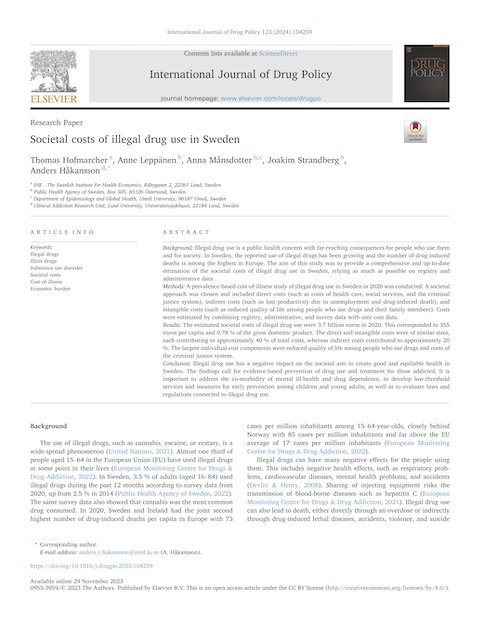By Godwin Omokhagbo Emmanuel, Folahanmi Tomiwa Akinsolu , Olunike Rebecca Abodunrin,
Oliver Chukwujekwu Ezechi
ntroduction
Substance use is a growing public health concern in West Africa, contributing to significant morbidity, mortality, and socioeconomic challenges. Despite the increasing prevalence, comprehensive data on the patterns and factors influencing substance use in the region remain limited. This systematic review and meta-analysis aim to synthesize existing research on the prevalence and patterns of substance use in West Africa, providing critical insights for developing targeted interventions and policies.
Methodology
This study followed the Preferred Reporting Items for Systematic Reviews and Meta-Analyses [PRISMA] guidelines. A systematic search was performed across four major databases [PubMed, Web of Science, CINAHL, and Scopus] from January 2000 to June 2024. A total of 22 studies involving 43,145 participants met the inclusion criteria. Multiple reviewers performed data extraction and quality assessment independently, and a random-effects meta-analysis was used to estimate the pooled prevalence of various substances. Sensitivity analysis was conducted using a leave-one-out approach to evaluate the influence of individual studies on the overall prevalence.
Results
The meta-analysis revealed the pooled prevalence rates of alcohol [44%], cannabis [6%], tramadol [30%], codeine [11%], and kolanut [39%]. The analysis identified high heterogeneity across studies [I2 = 98– 99%], reflecting diverse substance use patterns and influencing factors, including peer influence, availability of substances, socioeconomic conditions, and demographic characteristics. Sensitivity analysis indicated that no single study significantly impacted the overall prevalence estimates, confirming the robustness of the findings.
Conclusion
Substance use in West Africa is widespread and influenced by complex factors. The high prevalence of alcohol and tramadol use highlights the urgent need for targeted public health interventions, including stricter regulatory frameworks, community-based prevention programs, and comprehensive public education campaigns. This study provides a critical foundation for developing effective strategies to mitigate the escalating substance use crisis in the region.
PLOS Glob Public Health 4(12): e0004019. https://doi.org/10.1371/journal. pgph.0004019





















